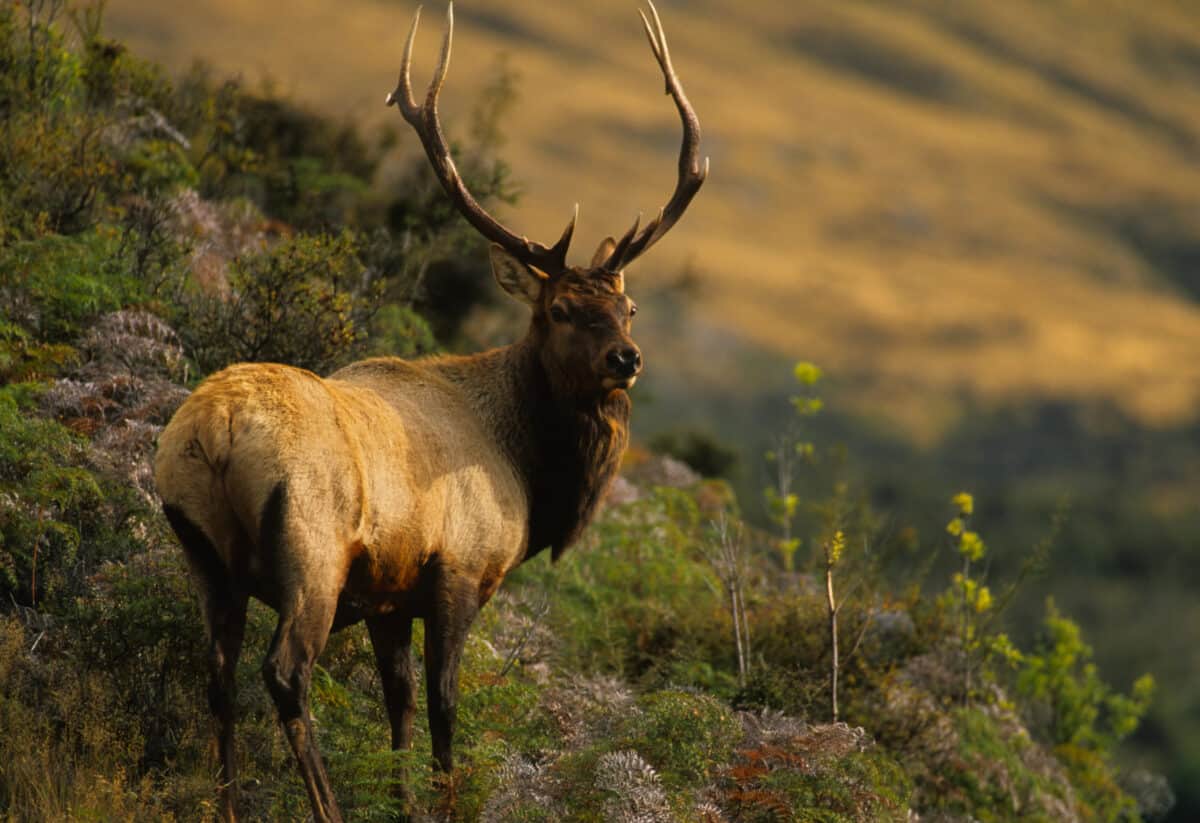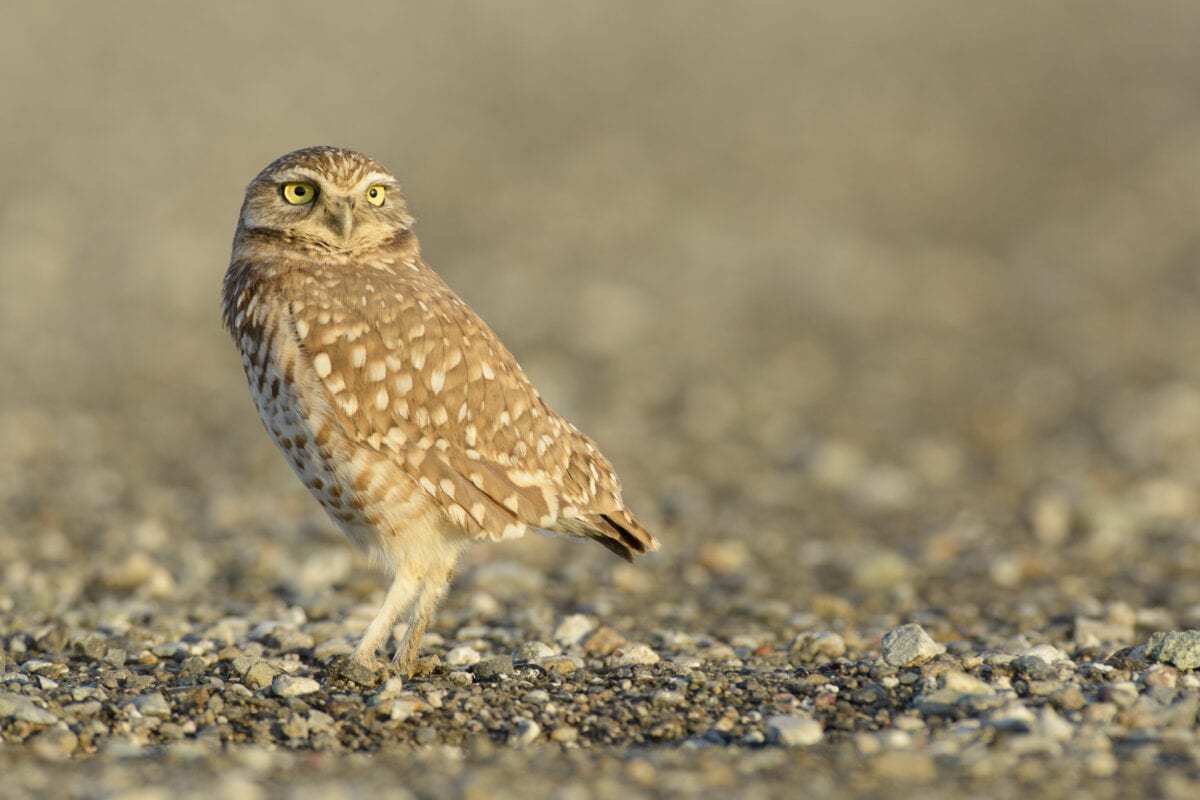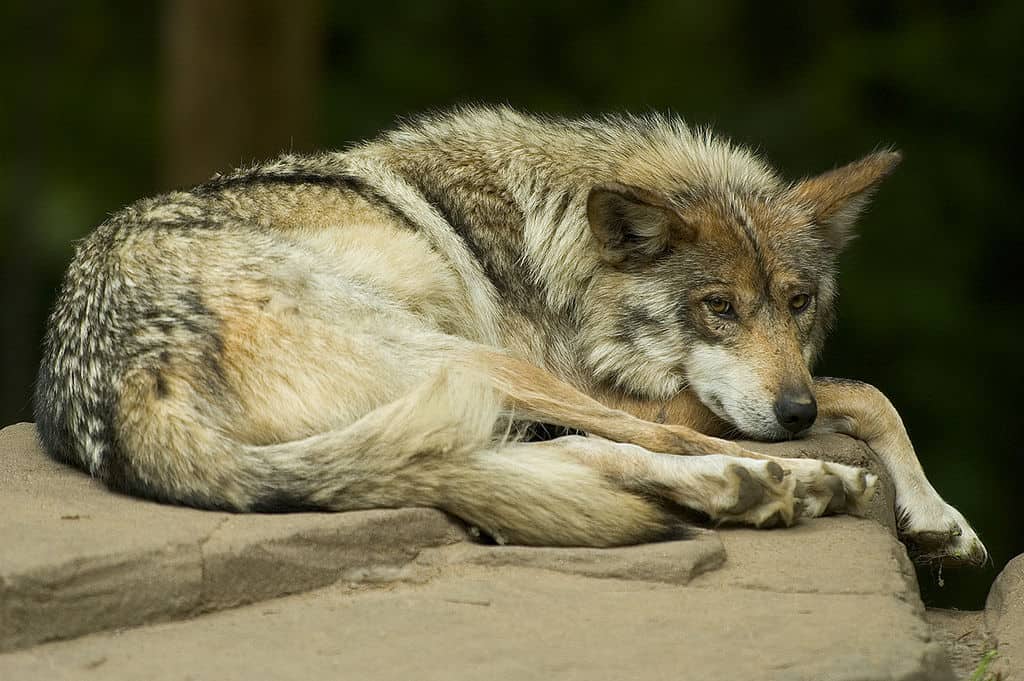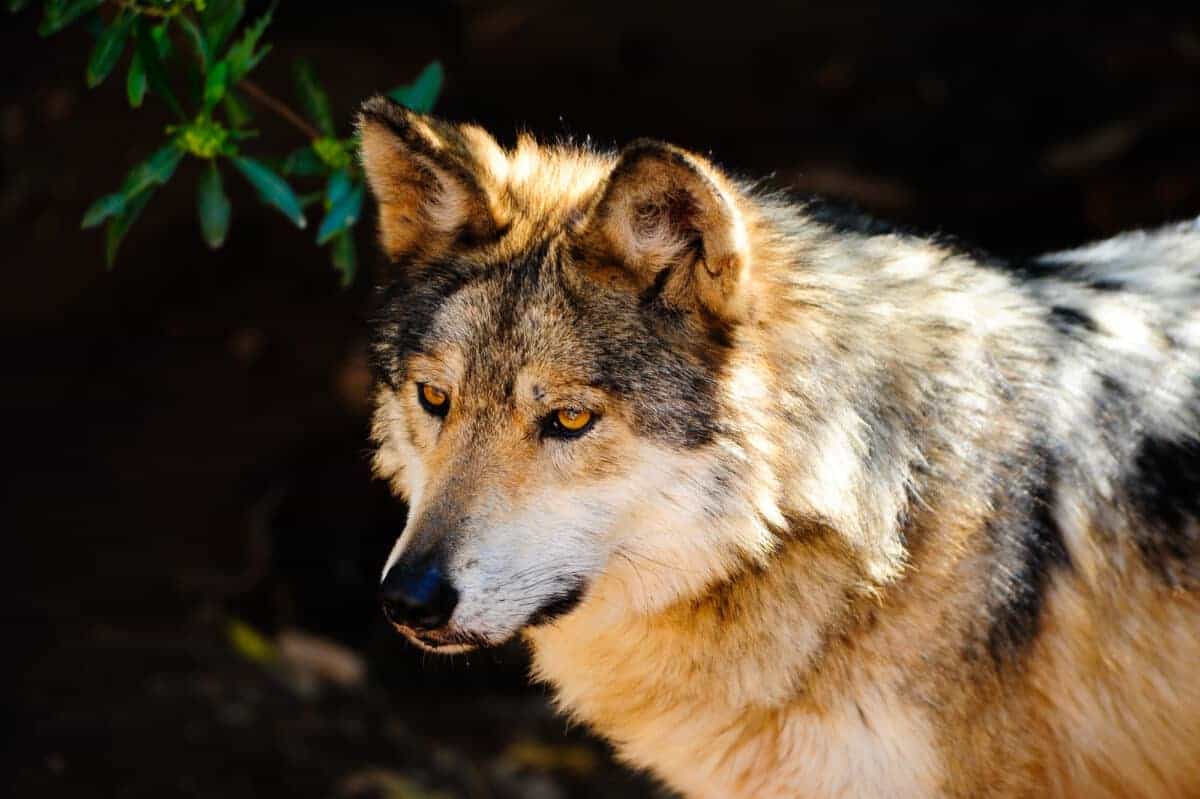Animal and wildlife species in New Mexico numbers around 110 reptile species, 542 bird species, 100 mammal species, and 27 amphibian species.
Most commonly found wild animals include desert cottontails, birds, bighorn sheep, rattlesnakes, elk, and black bears, which live in the deserts, mountains, forests, and rivers of New Mexico.
The Black Mexico bear is the state’s official animal, and in 1963, it would be counted as the state animal of New Mexico. It is known as a black bear, but it doesn’t need to have black colored fur. It can have outer hair or skin which is reddish or brownish.
These black bears come s in the protected species category and are found living in forest areas nearby mountains. Desert area is one of the fascinating spots to track down untamed life in New Mexico. These deserts are home to wild solid creatures like donkey deer, grassland canines, peccaries, mountain lions, and rattlers.
These creatures, alongside numerous others, can persevere through the desert’s high rising hot temperatures during the day and the frigid temperatures around evening time. Somebody visiting the multiple streams in New Mexico gets the opportunity to observe a ton of fascinating untamed life in and close to it. Falcons, snapping turtles, elk, grouse beavers, and belted kingfishers are mostly creatures living close to New Mexico waterways.
Click below to jump to a section on animals in New Mexico:
Elk

The word elk is from the antiquated Germanic root word signifying “stag” or “hart.” In Europe, elk is the common name for moose. In sixteenth-century Virginia, the term was applied by English pilgrims to the local subspecies of the red deer. That name additionally came into well-known use in New England. Another word, wapiti, comes from the light-hued layer of the bull elk. Albeit less vague than elk, wapiti never became famous, and in North America, elk is the immovably settled appropriate name.
In Asia, the elk, alongside the red deer of Persia, is called by the Mongolian name maral. Exceeded in size exclusively by the moose, enormous male elk from Alberta averaged 380 kg (840 pounds) in late-fall. Weight fluctuates extensively inside and among populaces and increments from south to north. Great bulls surpass 500 kilograms (1,100 pounds) in importance; bulls from southern California ordinary around 110 kilograms (240 pounds). Contrasted and other red deer, female elk are more like bulls in outer appearance and weight. During winter, all elk have very much evolved, dark neck manes that balance strength with their tan or light earthy colored body color.
Elk are exemplary red deer in their science. Nonetheless, they are all the more profoundly adjusted to life in open fields, nibbling, and too chilly, long winters. They developed as quick, persevering sprinters that are undeniably challenging to get even with the best of ponies, especially in broken landscapes. By the by, they get their central assurance from hunters by framing huge gatherings. American elk are uniform in coat markings and voice and hence can’t be separated by these highlights from a portion of their Asian partners.
They are not entirely the same as other subspecies of Asian elk, like the Manchurian red deer and the little Alashan wapiti of Inner Mongolia. These crude elk have more modest bodies and tusks, less striking coat designs, and a more profound voice than the North American elk. Nonetheless, all male elk, American and Asian, have a quick bugling call utilized during the trench. This call is a vocal variation intended to convey sound across significant distances in open scenes. Every once in a while, females cornet.
Where to find Elk in New Mexico
They live in parklands, deciduous forests, and rocky mountains alongside other animals in New Mexico.
Burrowing Owl

Tunneling owls live in openings deserted by different creatures. They eat bugs and little rodents. Burrowing owls are slim, rather lengthy-legged birds around 20 cm (8 inches) long. They are brown with little white spots, a white face and foreheads, and yellow eyes. During the day, tunneling owls might remain by the tunnel or on a post.
They chase close to dawn and nightfall, catching prey by running it down along the ground or plunging in from a close-by roost. Burrowing owls are gone after by a wide assortment of hunters, including birds of prey, falcons, different flying predators, wild and trained canines and cats, weasels, and badgers. When drawn closer by people, they bounce all over, possibly as a method for checking their separation from those drawing closer, and afterward fly not far off. Burrowing owls eat bugs, little well-evolved creatures, creatures of land and water, reptiles, and different birds, contingent upon the season and food accessibility.
They are generally dynamic at sunrise and sunset, yet a few owls chase both constantly. Bugs are frequently found during the day, and more warm-blooded creatures are consumed around evening time. The burrowing owl is a ground-abiding bird animal variety. This owl’s qualities incorporate long legs, an earthy-colored body with dots of white, and a shortfall of ear tufts. The two guys and females stand around 10 inches tall and weigh six ounces. The tunneling owl’s wingspan is 20 to 24 inches.
Where to find Burrowing Owls in New Mexico
They live in dry, open, less vegetated land with available burrows, perches for horizontal visibility and adequate food supply.
Peccaries

Intently looking like the wild pig, the peccary has dark coarse hair and an enormous head with a roundabout nose. The ears are little, just like the tail, which is mostly not apparent. Its spear-like canine teeth give the peccary its other regular names, lance, and javelina. These teeth don’t project yet but make excellent knots in the lips.
Peccaries are the New World partners of pigs and vary from genuine pigs in specific skeletal and dental highlights. They likewise have a fragrance organ under the skin that opens on the edge of the back and emits a solid musky smell; this organ is the justification for the mixed-up conviction that peccaries have two navels, one above and one beneath. Peccaries are omnivorous, benefiting from various plants, little creatures, and carcasses.
They have a woofing alert call and, when upset, utter a shaking sound by prattling their teeth. Albeit fierce when bugged, they are, in some cases, subdued by Native South Americans. Peccaries are additionally pursuing their stows away and meat. Litters ordinarily comprise two youthful, brought into the world following a five-month incubation period. There are three species. The captured peccary is the littlest and the most well-known, living throughout the whole tayassuid range in various natural surroundings.
Recognized by a pale stripe around the neck, busted peccaries are under a meter long and weigh between 17 and 30 kg. They live in an assortment of territories, mostly wandering during the day in crowds of around twelve, albeit more significant and more modest gatherings are likewise typical.
Where to find Peccaries in New Mexico
They mostly live in tropical rainforests alongside other animals in New Mexico.
Mexican Wolf

Sharp detects substantial canine teeth, strong jaws, and the capacity to seek after prey at 60 km each hour prepare the dim wolf well for a brutal lifestyle. A typical northern male, including the ragged half-meter-long tail, might be around 2 meters long. Standing 76 cm tall at the shoulder, it weighs about 45 kg, yet weight goes from 14 to 65 kilograms, depending upon the geographic region. Females are generally around 20% more modest than guys. The giant wolves are found in west-focal Canada, Alaska, and northern Asia.
The littlest will often be close to the southern finish of their dissemination. The fur on the chest area, however typically dark, might be brown, rosy, dark, or whitish, while the underparts and legs are generally yellow-white. Light-hued wolves are ordinary in Arctic locales. Dark wolves usually live in packs of up to two dozen people; packs are typically customary to number 6 to 10. A group is a family bunch comprising a grown-up rearing pair (the dominant man and alpha female) and their posterity of different ages.
The capacity of wolves to frame solid social bonds with each other makes the wolf pack conceivable. A pecking order is laid inside the pack, which controls everything. The highly confident man and alpha females persistently advocate for themselves over their subordinates, and they guide the exercises of the gathering. The female prevails in jobs like consideration and safeguarding little guys, while the male stays in scavenging, food provision, and movements related tooth those exercises. The two genders are highly dynamic in going after and killing prey, yet throughout the mid-year, chases are frequently led alone.

A pack’s domain can be 80 to 3,000 square km (31 to 1,200 square miles), contingent upon prey overflow and enthusiastically guarded against adjoining bags. Wolves speak with each other by visual flagging (look, body position, tail position), vocalizations, and aroma stamping. Crying assists the load with keeping in touch and appears to reinforce social bonds among pack individuals. Alongside wailing, stamping of an area with pee and dung tells adjoining packs they shouldn’t interrupt. Occupant packs often kill interlopers, yet in certain conditions; they are acknowledged.
Where to find Mexican Wolves in New Mexico
They are mostly found living in woodland mountains.
Barbary Sheep

The aoudad remains around 102 cm at the shoulder. It has an edge of long, delicate hair dangling from its throat, forequarters, and crescent horns bending outward, back, and internally over the neck. Both periphery and horns are more articulated in the male. The aoudad happens in dry, sloping, or rough nations and lives in little family gatherings. It can do without water for around five days. Whenever undermined, the aoudad stands still and is hidden by its brownish earthy colored coat, which mixes with the encompassing rocks.
It is viewed as powerless against elimination in its average reach, where just dispersed, little populaces get by; it is most likely wiped out in Egypt. Acquainted with the southwestern United States and northern Mexico for the end goal of hunting, it has laid out flourishing populaces there, where it outcompetes native ungulates like desert bighorn sheep. Barbary sheep are dangerous to donkey deer, and bighorn sheep and are given a direct contest for food and territory assets.
Donkey deer and Barbary sheep feed on comparative vegetation, and donkey deer risk being outcompeted by the forceful intrusive Barbary sheep. Endeavors to introduce enormous horn sheep populaces again are in danger due to territory contest. Barbary sheep are known to be proactive and regional, able to climb and avoid hunters effectively. They likewise live in packs involving experienced and youthful individuals, permitting a size advantage over the local bighorn sheep. Barbary sheep are dangerous to wheat ranchers, with a few perceptions of the obtrusive sheep benefiting from winter wheat crops.
They are not at present thought to be colossal farming vermin. Barbary sheep have a somewhat long rearing season, with the most elevated overflow of reproducing happening from September to November. Incubation endures around 160 days, with most of the sheep brought into the world from February to April; however, some as late as November. By eight months old enough females are physically adult; by 19 months, all females will have conceived offspring.
Where to find Barbary Sheep in New Mexico
They live in desert mountains, from sea level to the tip of snow, alongside other animals in New Mexico.
Cassin’s Finch

Like a marginally more extensive, longer-charged variant of the Purple Finch, Cassin’s Finch is an occupant of mountains and conifer woods of the West. It is sometimes found at exceptionally high heights in the inadequate woods underneath the treeline, particularly in pre-fall. At different times, minimal meandering herds meander through the forest, frequently benefiting from buds and seeds high in the trees. The confounded tune of the male often incorporates brief impersonations of other birds.4-5, here and there 3-6.
Pale blue-green, with brown and dark spots, frequently accumulated at the bigger ends. Brooding is done by females in just around 12-14 days. The male often takes care of the female during hatching. Youthful: Both guardians feed little birds. Young leave home around fourteen days after incubating, and guardians and youth may quickly leave the settling region—generally, seeds, buds, and berries.
Takes care of basically vegetable material. Buds of different trees frequently staple things in their diet, likewise eat seeds of many trees (particularly conifers) and a few weed seeds. Benefits from berries and little organic products when accessible. Additionally eats a few bugs, maybe basically in summer. Numbers rearing in a space frequently change over time, conceivably because of food supplies.
May settle in little provinces. Male frequently doesn’t protect a remarkable dropping an area, instead essentially remaining nearby female and heading out rival guys. Home: Usually positioned in giant conifer, typically around 30-40′ over the ground, might be as low as 10′ or as high as 80′ up; at times in aspen or another deciduous tree. Home (presumably worked by a female) is an open cup made of twigs, weeds, rootlets, segments of bark, fixed with fine grass, plant filaments, and creature hair, at times embellished with lichens.
Where to find Cassin’s Finches in New Mexico
They live in evergreen forests in the mountainous area together with other animals in New Mexico.
Summary Animals in New Mexico
Most commonly found wild animals include desert cottontails, birds, bighorn sheep, rattlesnakes, elk, and black bears. The Black Mexico bear is the state’s official animal, and in 1963, it would be counted as the state animal of New Mexico. It is known as a black bear, but it doesn’t need to have black colored fur. It can have outer hair or skin which is reddish or brownish.
If you enjoyed reading the above about animals in New Mexico, check out animals in New Jersey and animals in Ohio next!
Join our Forum for free today!

- These are The 5 Largest Great White Sharks Ever Recorded - July 19, 2024
- The Surprising Benefits of Big Game Hunting - July 18, 2024
- $100k+ Hunting Experiences The Most Expensive Animals to Pursue - July 17, 2024




